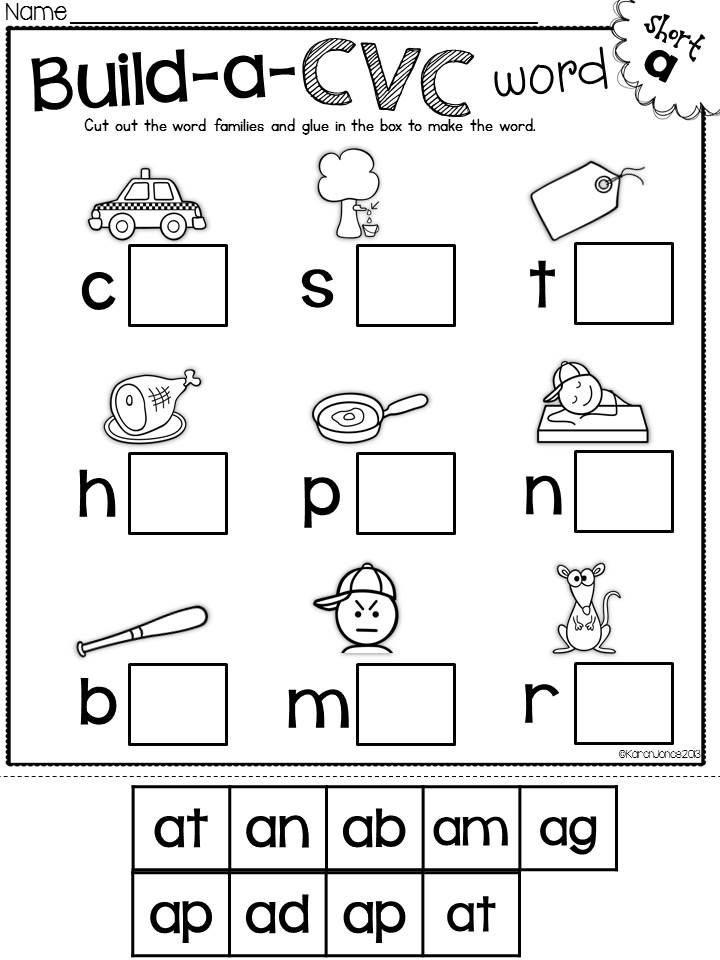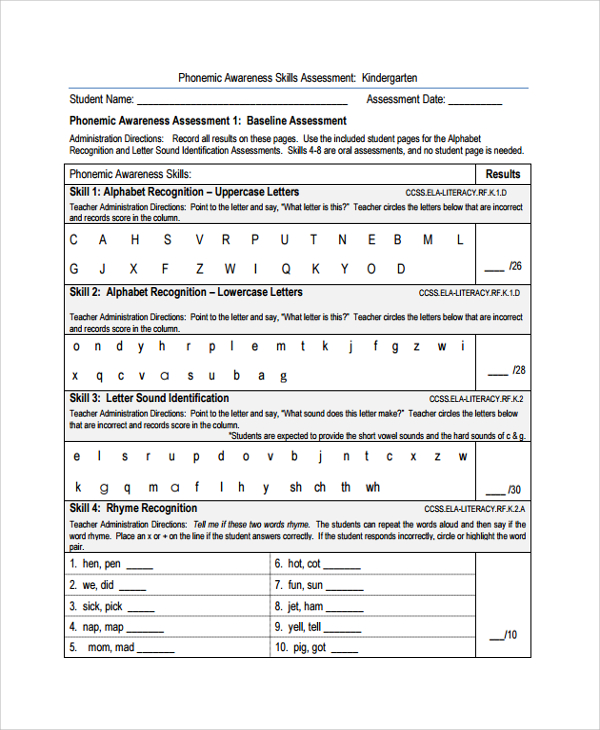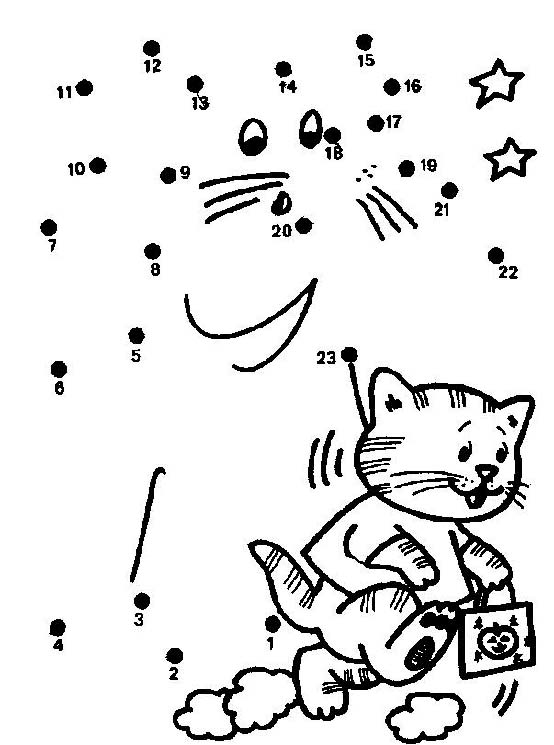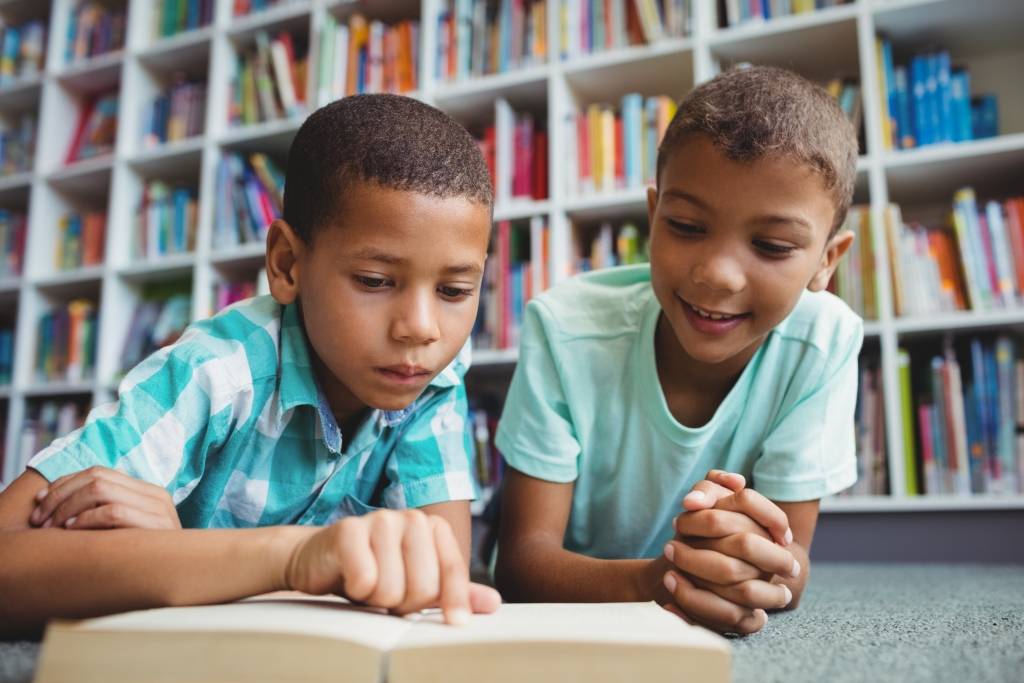Phonics vowel cvc differentiation rhyming 1189 phonemic ig attendance differentiated
Table of Contents
Table of Contents
=============================== Are you looking to give your Kindergarten students a strong foundation in reading? Look no further than basic phonics for Kindergarten. Learning phonics is one of the key building blocks for children to read proficiently.
——————- Pain Points
Almost all Kindergarten teachers can agree that one of the greatest pain points is the variance in their students’ education levels. Some students can come in knowing how to read, while others have never picked up a book before. This can make teaching phonics difficult as the curriculum needs to meet the needs of all students. Additionally, teaching young children to read can be a challenge in and of itself as their attention span is not as well-defined as that of older children.
——————- ### Target
The target of basic phonics for Kindergarten is to introduce young children to the sounds that letters make and how those sounds can be blended together to make words. It also aims to teach children how to recognize and write letters. By the end of the year, students should be able to read simple words and understand basic sentence structure.
 ——————- #### Article Summary
——————- #### Article Summary
Basic phonics for Kindergarten is a crucial tool for helping young children develop reading skills. It can be challenging for teachers to address the varying levels of their students, but it is worth it to set them up for future success. By introducing the sounds of letters and how they can be blended together to form words, students will be able to recognize and read simple words by the end of the year.
——————- Hook
As a Kindergarten teacher, I’ve seen firsthand the impact that teaching phonics has on young students’ reading abilities. While it can be challenging to teach students with different education levels, introducing the sounds of letters and basic sentence structures paves the way for future success in reading and writing.
 ——————- Teaching Techniques
——————- Teaching Techniques
Teachers have found success in teaching basic phonics for Kindergarten through interactive activities such as matching games, flashcards, and phonics worksheets. Utilizing technology can also be effective, such as using educational apps or online games. Incorporating music and movement into phonics lessons can help engage children and make learning fun.
 ——————- ### Student Success
——————- ### Student Success
Kindergarten teacher, Mrs. Smith, reports that introducing phonics to her students at the beginning of the school year has drastically improved their reading abilities. Her students are now recognizing letters and sounds and putting them together to form words. Additionally, they are beginning to understand language structure and sentence formation.
 ——————- People Also Ask
——————- People Also Ask
Q: What are some fun ways to teach phonics to Kindergarten students?
A: Incorporating music and movement, interactive activities, and technology can all be effective in teaching phonics in a fun and engaging way.
Q: How do you address varying education levels in a Kindergarten phonics lesson?
A: Utilizing differentiated instruction techniques such as small group instruction or individualized assessment can help address varying education levels while still teaching phonics effectively.
Q: What is the goal of basic phonics for Kindergarten?
A: The goal of basic phonics for Kindergarten is to teach young children the sounds of letters and how they can be blended together to form simple words so that they can recognize and read basic sentences.
Q: How can parents support their child’s learning of phonics in Kindergarten?
A: Parents can support their child’s learning of phonics by practicing letter recognition and sounds, reading with their child daily, and providing educational games and activities.
——————- Conclusion
Basic phonics for Kindergarten is a crucial tool for setting young children up for success in reading and writing. While addressing varying education levels can be a challenge, utilizing interactive activities, technology, and differentiated instruction can help all students learn phonics effectively. Introducing the sounds of letters and basic sentence structures paves the way for student success in literacy.
Gallery
Kindergarten Phonics Michael H – Learning How To Read

Photo Credit by: bing.com / phonics comprehension passages sentences ukg preschoolers anglais inglese englisch word paragraph comprensione hanapbuhay ibang klasse lettura insegnamento folktale anchor ce1
A Phonics Package Designed To Meet The Needs Of All Students In Your

Photo Credit by: bing.com / phonics vowel cvc differentiation rhyming 1189 phonemic ig attendance differentiated
Worksheet On Phonics For Kindergarten — Db-excel.com

Photo Credit by: bing.com / phonics excel respiration answer
FREE 7+ Sample Phonics Worksheet Templates In PDF

Photo Credit by: bing.com / phonics worksheet kindergarten pdf sample templates
16 Best Images Of 4 Syllable Words Worksheets - Long Vowel Sound Word

Photo Credit by: bing.com / worksheets phonics printable words syllable kindergarten word vowel sound grade activity worksheeto print long via 2nd





